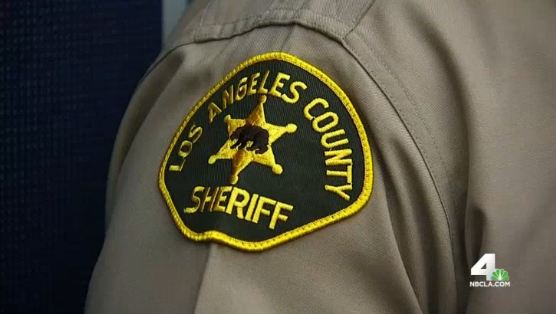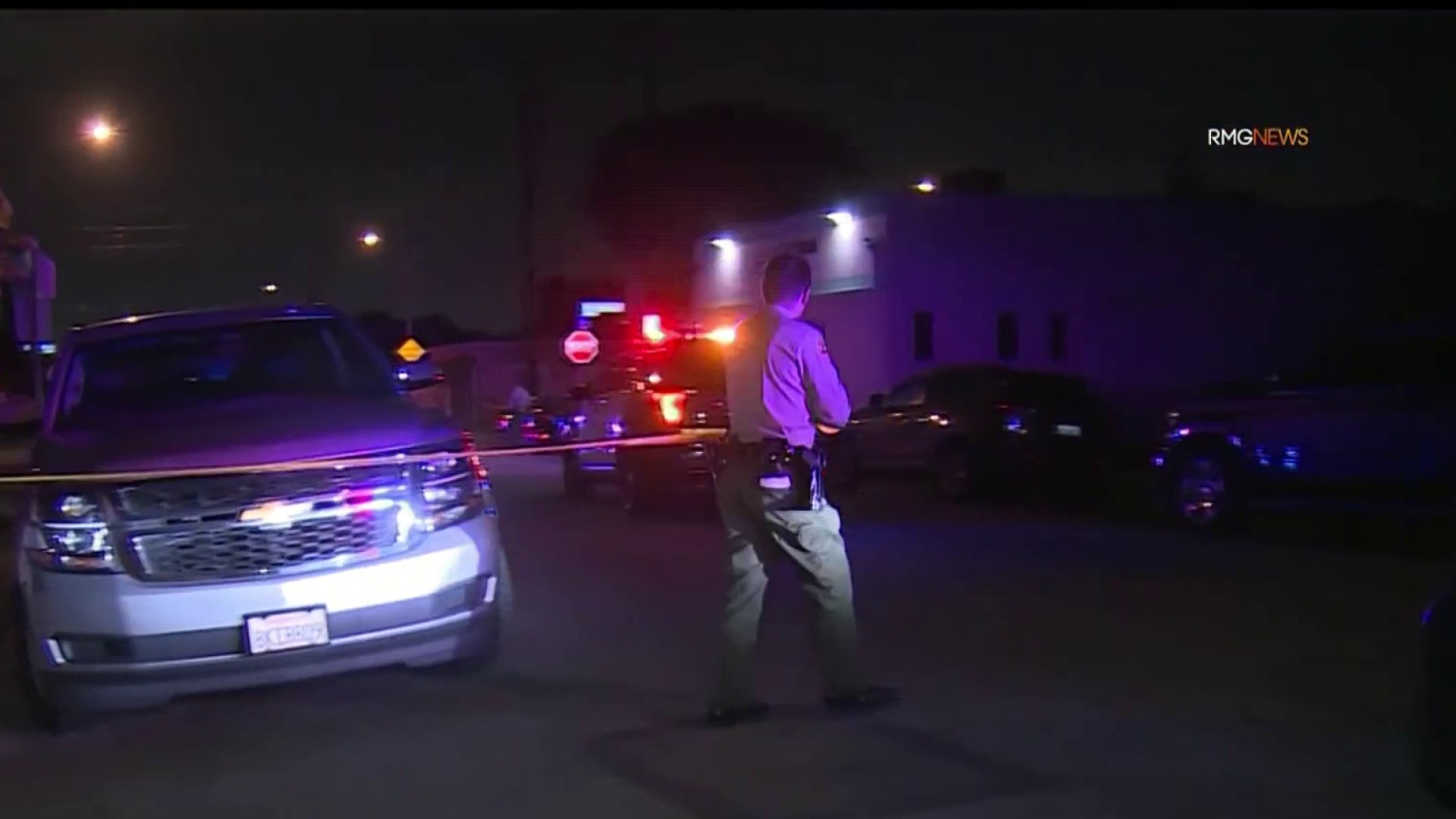It takes you aback.
Amid an almost overwhelming display of bold and provocative imagery, your eye is drawn to what appears to be a partially deconstructed police car with young plants growing out of the back seat where custodies would be transported.
"It's a symbol of young black Americans who have not come to fruition before being taken," said the artist, Jordan Weber, one of more than 200 whose works are being exhibited at the Manifest Justice space that has popped up in the old Baldwin Theater in Baldwin Hills.
"We believe artists are the tip of the spear of social change," said Yosi Sergant, who conceived the event and helped organize it. "Manifest Justice is a creative response to the urgent conversation we need to have."

The represented artists attack a broad range of social issues, from wage inequality to LGBT discrimination. But the focus is on the intersection of civil rights and the criminal justice system, particularly the use of deadly force against young African American men, incidents of which have provoked protest and unrest in cities across the nation.
Based in Iowa, Weber traveled to Ferguson, Missouri and took part in the demonstrations last year after the police shooting death of Michael Brown. It became the inspiration for the auto he painted "Ferguson Police" on one side, and "NYPD" on the other.
"For me as an artist living in America, I feel it is the only way to express the rage I'm feeling at this moment," Weber said. Manifest Justice opened on May 1.
News
Top news of the day
Evenings have featured stage and multimedia presentations, and guest speakers. Wednesday night, actress and social activist Rosario Dawson moderated a conversation with Sybrina Fulton, mother of Trayvon Martin, the 17 year old shot to death in Sanford, Florida during an encounter with a neighborhood watch coordinator.
"When I finished grieving, I was angry," recalled Fulton.
She said it has fueled her social activism, her commitment to bring about change, and she implored her listeners not to be discouraged, no matter how severe the setbacks they may have suffered.
"You have to come back from that, and you can," Fulton declared.
"That's how we're going to get there. Thanks Sybrina," replied Dr. Robert Ross, president of the health foundation California Endowment.
Its program, Sons and Brothers, is one of the sponsors of Manifest Justice, along with Amnesty International's Art for Amnesty.
The works on display included a mosaic portrait of Martin made up of hundreds of snapshots of everyday people wearing hoodies.
It was created by Gerri Lawrence and Raul O'Campo. A multilayered graphic work by Hank Willis Thomas from one angle reads "It should have been me."
When the viewer moves, the image changes to read, "It could have been you."
A Baltimore streetscape undertaken recently by Logan Hicks evokes the ride in a police van after which Freddie Gray died last month. A room divided in half depicts a classroom on one side, and a prison cell on the other.
The piece is entitled "Do the Math," and the writing on the wall reports that maintaining the cell costs California $62,300 per year, dwarfing the $9,100 spent on the classroom.
In a similar vein, another display contrasting graduation mortar boards with prison jumpsuits counts 22 prison built in California since 1980, but only one new campus (Merced) of the University of California.
In one corner of the main display area resides a cardboard rendition of Lady Liberty. Among thoe contemplating the work was Sean Hill, a poet and actor from Huntington Beach, who said it brought to mind that America yet to fufill its goals of freedom and justice for all its citizens.
Perched on a wall of the main upper level exhibit hall is the ghostly visage of Travon Martin, a halo above his hoodie. Organizer Sergant has long appreciated the power of imagery.
It was Sergant who commissioned the iconic "Hope" poster of then candidate Barack Obama when he first ran for President in 2008. Sergant later served as communications director for the National Endowment of the Arts. Since leaving, he's organized a series of "Manifest" pop-ups in several US cities, including Denver and Washington, D.C., but he said the theme here is the broadest and most ambitious. The night Fulton spoke, more than a thousand squeezed into the theater.
At one point, the waiting line for entry extended back around three sides of the building and onto the sidewalk of south La Brea Blvd. Even some works created from anger were also infused with elements of hope. In the case of the police car gone to seed, Weber sees hope in the different plants — symbolizing law enforcement and young African American men — taking root in the same soil. "Hopefully, there will be positive growth," Weber said. Manifest Justice is scheduled to close Sunday evening.



